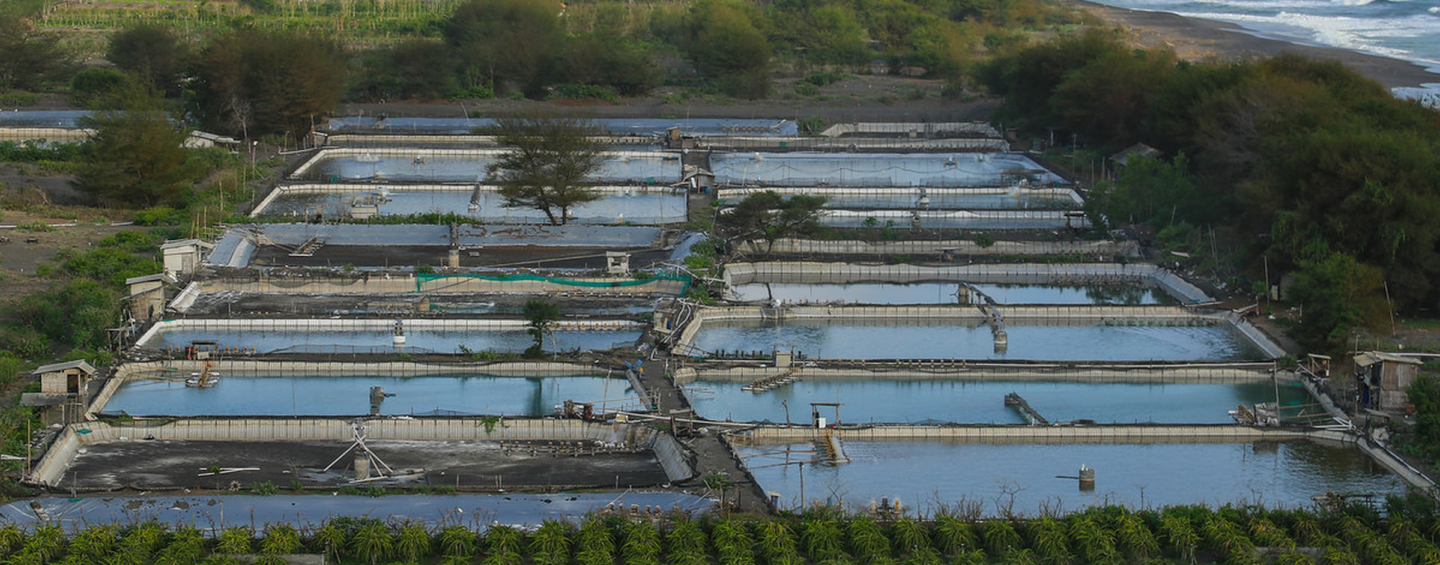Much of the world’s shrimp comes from farms in Southeast Asia and there’s a boom in shrimp production in Indonesia. Recently, the Ministry of Marine Affairs and Fisheries of the Government of Indonesia (MMAF) made strong recommendations about including carrying capacity considerations in the planning process for all aquaculture development. This is very good news to us because SFP’s work focuses not only on the wellbeing of humans and the environment, but on the fish and shrimp producers who are critically reliant on a good quality water supply to efficiently produce their crops.
SFP is working with shrimp farmers in East Java, Indonesia and the work we’ve done there has helped influence this approach in other production centers like Lake Toba and Lake Jatiluhur.
The shrimp project, supported by USAID MARKET project and the Walmart Foundation in collaboration with the local shrimp club, has worked with the Directorate of Fish Health and Environment of MMAF to develop a regular roundtable process that shares information with shrimp industry stakeholders. The roundtable, which includes MMAF and the national shrimp producer and processor associations (SCI and AP5I) and Indonesian Shrimp Commission (KUI), proposed a roadmap that includes the need for carrying capacity.
We’ve been working with researchers from the University of Brawijaya, University of Stirling (UK) and the local planning office in Banyuwangi regency to develop a pilot approach to using carrying capacity assessments as part of the planning process for shrimp farming. Although carrying capacity is still to be formally adopted into law it is clear that momentum is building for the responsible management of important shared resources in the country – including water.
For more information on SFP’s work relating to aquaculture, contact Anton Immink.

